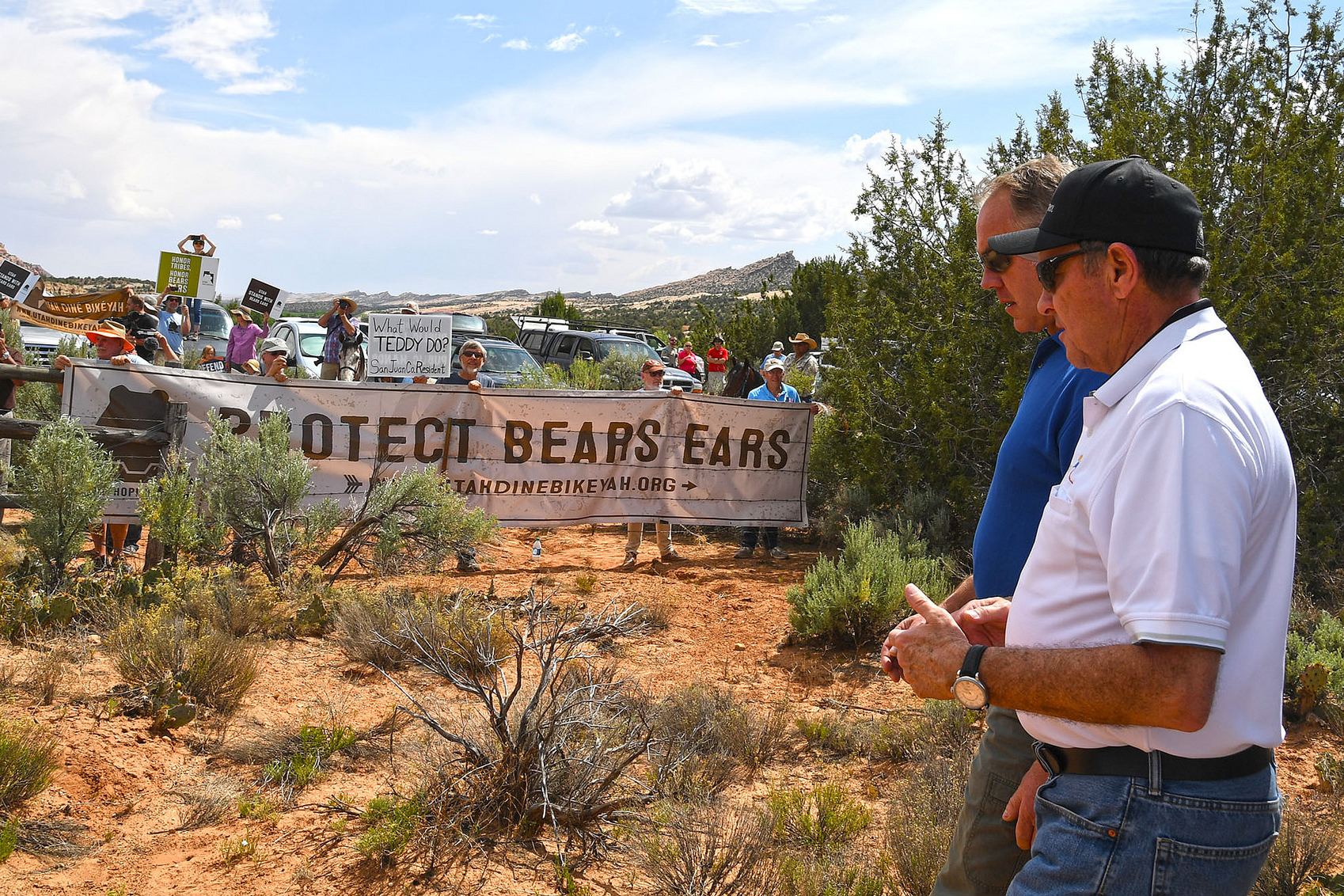What would actually happen if Trump rescinds a national monument?
When President Donald Trump ordered the review of some two dozen national monuments late last month, he declared that “tremendously positive things are going to happen on that land.”
Meanwhile, environmental and outdoor industry groups, among others, warned that the executive order was a move toward lifting protections on cherished landscapes and valuable ecosystems.
But would rescinding a national monument really unleash prosperity in rural communities or allow landscapes to be irreversibly degraded? Here’s a look at the potential environmental and economic consequences.
Have an opinion about the management of National Monuments? Click here to file an official comment with the Department of the Interior.
It Wouldn’t Necessarily Amount To Privatization
“This decision ignores the will of the majority of Utahns. It disregards the desire of Native American groups who count these lands as their heritage to co-manage this culturally important area. It overlooks the unanimous opposition of Utah’s statewide elected officials and Utah’s entire congressional delegation. It runs roughshod over a resolution from Utah’s legislature opposing such action. Today’s designation demonstrates how overreach from the federal government often disregards the well-being and interests of rural Americans.”
Extraction Could Increase—In Theory

Grazing Wouldn’t Change Much

Tourism Economies Could Be Disrupted

Probably A Losing Fight
Have an opinion about the management of National Monuments? Click here to file an official comment with the Department of the Interior.









